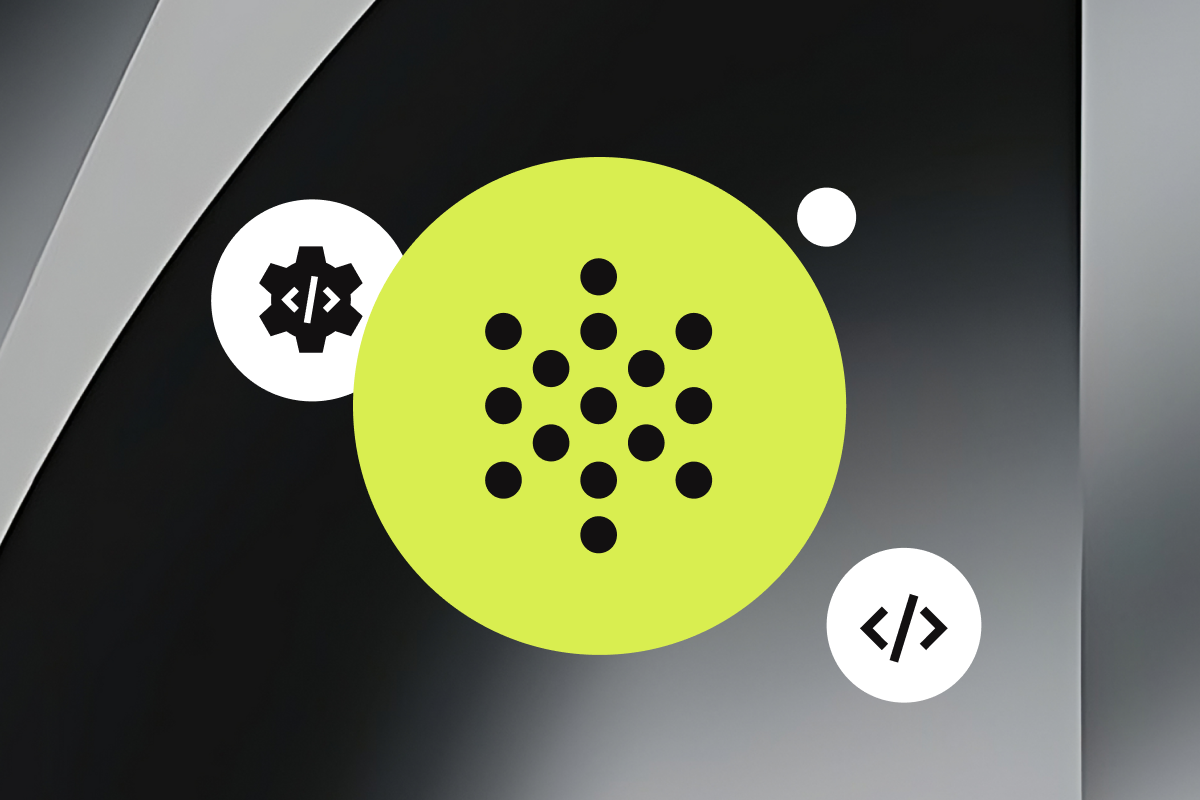Speech recognition has come a long way since its early days, with rapid advancements reshaping communication and creating more accessible and effortless experiences between humans and machines.
Here, we’ll explore the roots of speech recognition, its evolution, the challenges along the way, and the exciting future it promises.
Speech recognition’s historical roots
Speech recognition traces back to the post-World War II and Cold War era when scientists were tasked with developing ways to spy on phone calls.
The initial focus was on recognizing numbers, leading to the creation of early systems like IBM’s Shoebox computer in the ’60s, which could perform mathematical functions and recognize 16 spoken words.
Hidden Markov models era
Throughout the ’60s and ’70s, hidden Markov models played a pivotal role in speech recognition. These statistical models excelled at modeling ‘phonemes,’ the basic units of speech that make up whole sentences.
This led to the first commercial system, ‘Dragon,’ which was released as a standalone product for speech recognition and paved the way to what we observe today.
The advancement of deep learning
Moving from hidden Markov models to deep learning was a pivotal moment. Deep neural networks with millions of parameters demonstrated remarkable performance enhancements, surpassing previous models. This breakthrough empowered systems to process larger and more diverse datasets effectively, making them good at understanding speech in various conditions.
Standardization and access to data
Around 2017, a standard approach to building neural networks for voice recognition emerged. This standardization made it possible to develop more efficient and adaptable models, allowing companies to use the increasing availability of diverse datasets and fine-tune pre-trained models for specific use cases, finding applications in customer support (including voice biometrics authentication).
Overcoming speech recognition challenges for contextual conversations
One of the most exciting developments in speech recognition is the shift towards contextual conversations. Current models are evolving to understand and respond contextually, mirroring the dynamics of human conversations.
Ongoing research focuses on developing systems that can understand various conversation scenarios to reduce recognition errors. By fine-tuning automatic speech recognition (ASR) models, it is now possible to deliver voice experiences that let people speak however they like, be understood, and receive a natural response at every turn of the conversation.
Conclusion
The evolution of voice recognition, from its origins in espionage to the current era of deep learning, has been remarkable. Further enhancements are expected as technology advances, leading to smoother and context-aware interactions between humans and machines.




